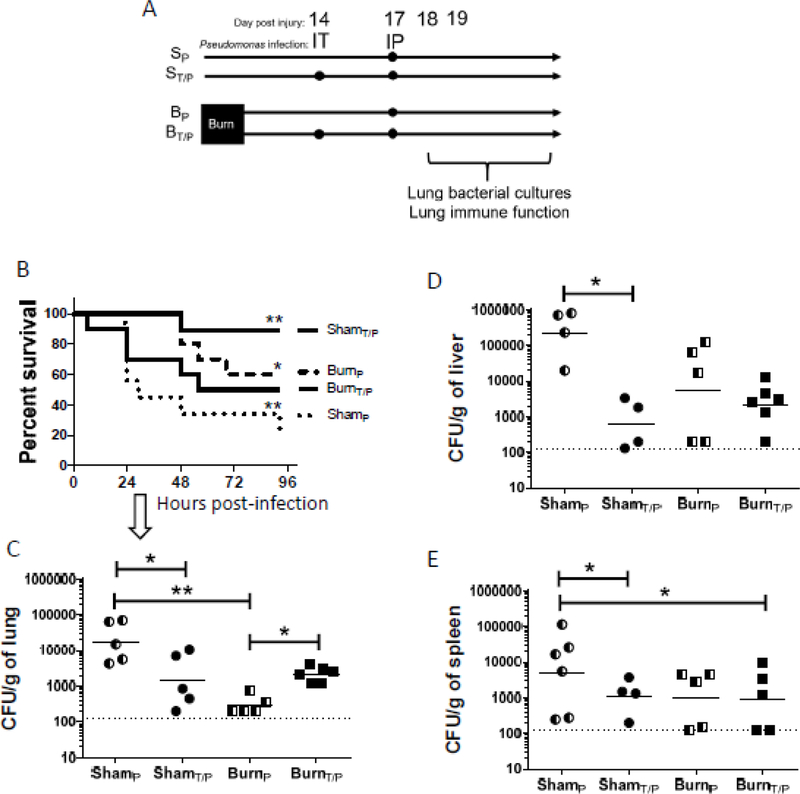Figure 2: Repeated, but not single infection, leads to susceptibility to bacterial infection in a murine model of burn injury.
A) Mice underwent sham (Sham/S) or burn injury (Burn/B) and were infected with either intraperitoneal (IP) infection with P. aeruginosa 17 days after injury or intratracheal (IT) inoculum of P. aeruginosa 14 days after injury and a subsequent IP infection with P. aeruginosa 17 days after injury as described in Panel A. B) Survival was monitored for up to 96 hours after final infection. C) Lungs, liver and D) spleen were harvested from mice 24 hours after final P. aeruginosa infection and bacterial load was quantified by colony forming unit (CFU) analysis, with dashed line representing lower limit of detection for the CFU assay. Data shown are B) **p<0.01, ***p<0.005 as indicated, and †p<0.05, ††p<0.01 relative to BurnT/P after Kaplan-Meier and Gehan-Breslow-Wilcoxon analysis, representative of five repeated experiments, with numbers of initial mice; survival plots A–C, ShamP, n=9; ShamT/P, n=9; BurnP, n=10; BurnT/P, n=10.
C–D) *p<0.05, **p<0.01, with geometric mean highlighted and are representative of three repeated experiments.

